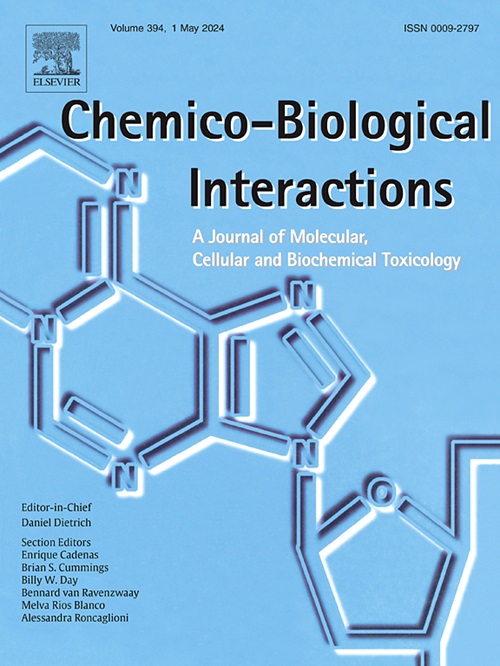Exploring the effects of pemetrexed on drug resistance mechanisms in human lung adenocarcinoma and its association with PGRMC1
IF 4.7
2区 医学
Q1 BIOCHEMISTRY & MOLECULAR BIOLOGY
引用次数: 0
Abstract
According to the 2022 cancer statistics of the World Health Organization, lung cancer ranks among the top ten causes of death, with lung adenocarcinoma being the most prevalent type. Despite significant advancements in lung cancer therapeutics, many clinical limitations remain, primarily due to the development of drug resistance. The present study investigated the effects of pemetrexed on the drug resistance mechanisms in human lung adenocarcinoma and its association with progesterone receptor membrane component 1 (PGRMC1) expression. Given that KRAS-mutant lung adenocarcinoma cell lines (e.g., A549) exhibit a high folate synthesis activity, pemetrexed, which is structurally similar to folate, was selected as the therapeutic drug. The present study used a lung adenocarcinoma cell line (A549) and established a drug-resistant lung adenocarcinoma cell line (A549/PEM). The findings demonstrated that PGRMC1 expression was elevated in the A549/PEM cells. It has been hypothesized that PGRMC1 regulates iron absorption through heme binding, resulting in a preference for iron-related cell death pathways (ferroptosis). Our findings indicate that drug-resistant lung adenocarcinoma cells with high PGRMC1 levels exhibit elevated antioxidant activity on the cell membrane and increased reliance on iron-dependent cell death pathways. This suggests a correlation between PGRMC1 and pemetrexed-induced iron-dependent cell death. Our study contributes to the development of more effective therapeutic strategies to improve the prognosis of patients with lung adenocarcinoma, particularly those facing drug resistance challenges.
探索培美曲塞对人类肺腺癌耐药机制的影响及其与 PGRMC1 的关联。
根据世界卫生组织 2022 年的癌症统计数据,肺癌位居十大死因之首,其中肺腺癌最为常见。尽管肺癌疗法取得了重大进展,但仍存在许多临床局限性,主要是由于耐药性的产生。本研究调查了培美曲塞对人类肺腺癌耐药机制的影响及其与孕酮受体膜元件1(PGRMC1)表达的关联。鉴于 KRAS 突变的肺腺癌细胞株(如 A549)具有较高的叶酸合成活性,因此选择了与叶酸结构相似的培美曲塞作为治疗药物。本研究使用了肺腺癌细胞系(A549),并建立了耐药肺腺癌细胞系(A549/PEM)。研究结果表明,PGRMC1 在 A549/PEM 细胞中的表达量升高。据推测,PGRMC1 通过与血红素结合来调节铁的吸收,从而导致细胞偏向于铁相关的死亡途径(铁变态反应)。我们的研究结果表明,PGRMC1 含量高的耐药肺腺癌细胞的细胞膜抗氧化活性增强,对铁依赖性细胞死亡途径的依赖性增加。这表明 PGRMC1 与培美曲塞诱导的铁依赖性细胞死亡之间存在相关性。我们的研究有助于开发更有效的治疗策略,以改善肺腺癌患者的预后,尤其是面临耐药性挑战的患者。
本文章由计算机程序翻译,如有差异,请以英文原文为准。
求助全文
约1分钟内获得全文
求助全文
来源期刊
CiteScore
7.70
自引率
3.90%
发文量
410
审稿时长
36 days
期刊介绍:
Chemico-Biological Interactions publishes research reports and review articles that examine the molecular, cellular, and/or biochemical basis of toxicologically relevant outcomes. Special emphasis is placed on toxicological mechanisms associated with interactions between chemicals and biological systems. Outcomes may include all traditional endpoints caused by synthetic or naturally occurring chemicals, both in vivo and in vitro. Endpoints of interest include, but are not limited to carcinogenesis, mutagenesis, respiratory toxicology, neurotoxicology, reproductive and developmental toxicology, and immunotoxicology.

 求助内容:
求助内容: 应助结果提醒方式:
应助结果提醒方式:


